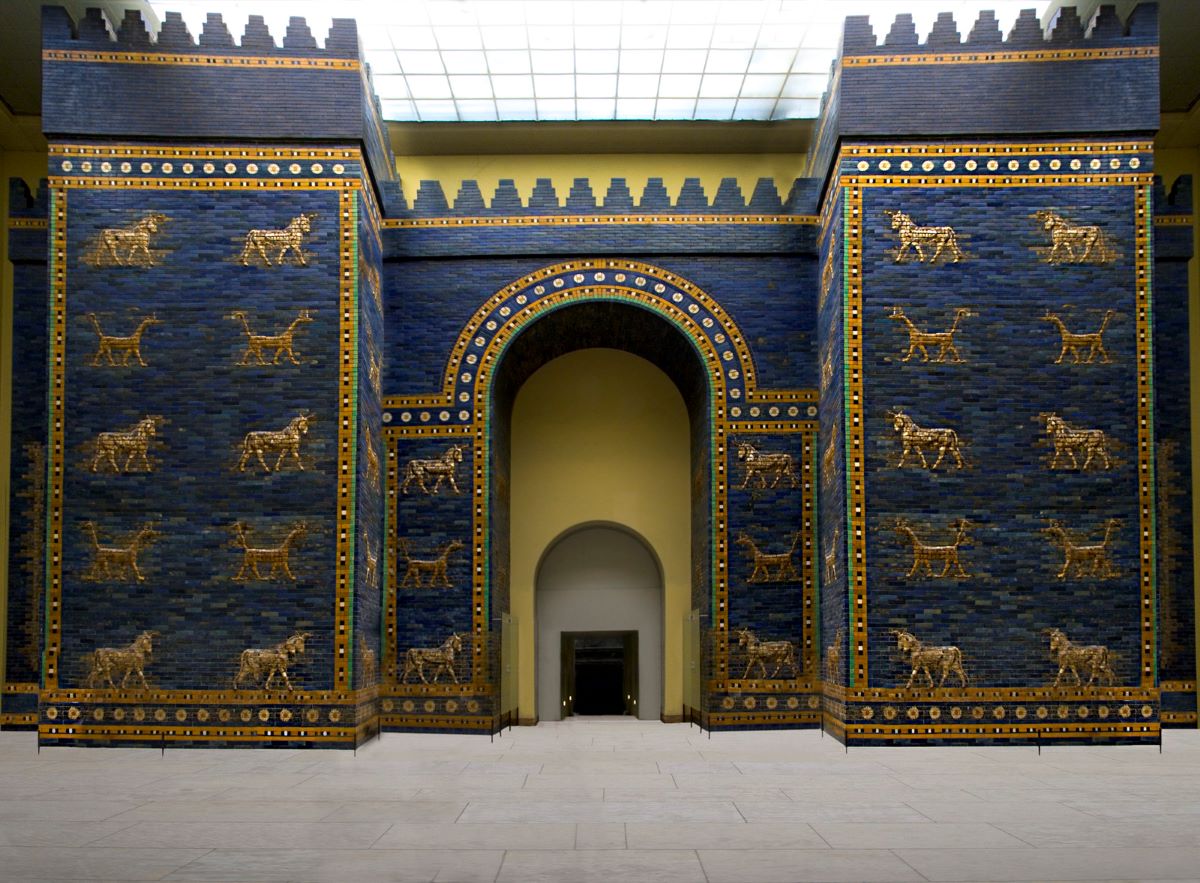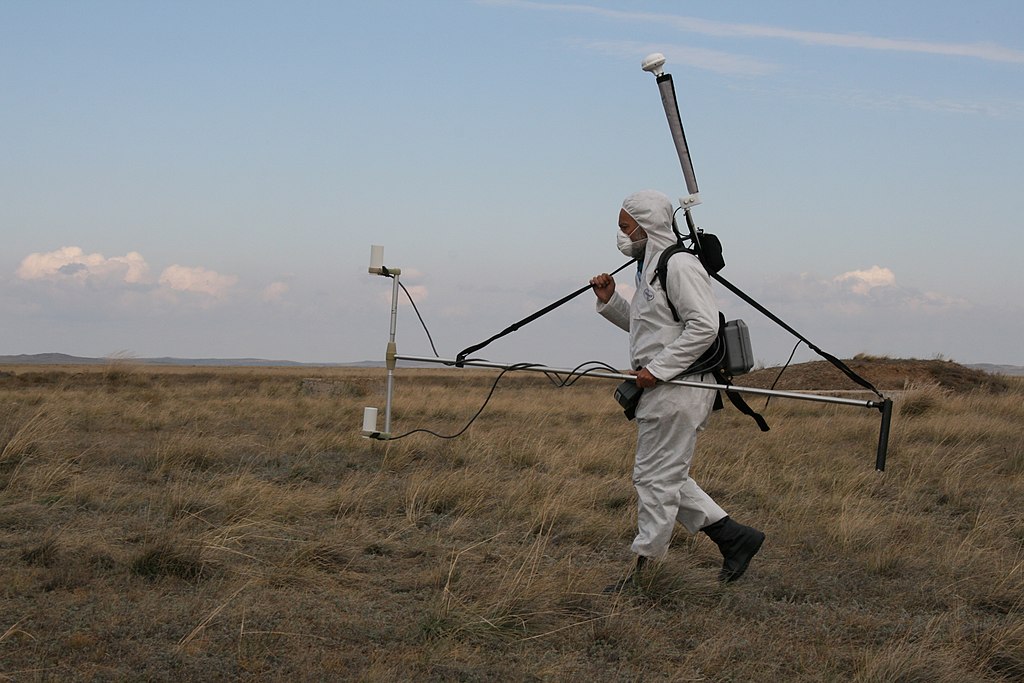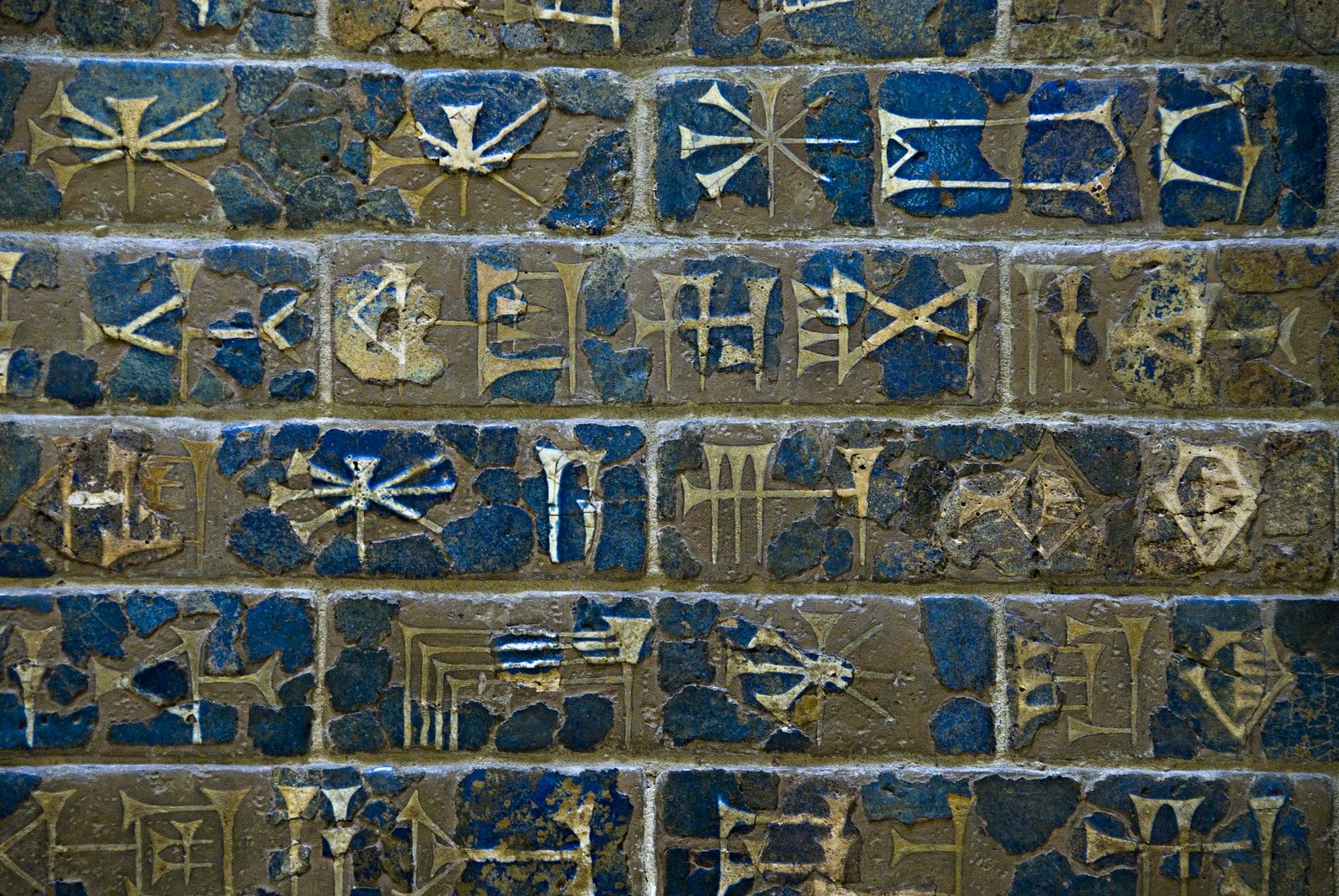
Using archaeomagnetism encouraged by mud bricks bearing the stamps of the names of Mesopotamian kings, archaeologists have been able to disprove the claim that the monumental Ishtar Gate of Babylon was erected to celebrate the conquest of Jerusalem. The theory that is was built to produce important insights into a mysterious anomaly in Earth’s magnetic field three thousand years ago has also been invalidated.
A relatively new archaeological dating technique called archaeomagnetism had, until quite recently, barely been put to use in Mesopotamia. However, two recent studies which have applied the magnetic information-based technique to ancient Mesopotamian bricks, have shed some light on the ancient civilization.
What is Archaeomagnetism
Archaeomagnetism relies on the premise that many ancient artifacts, including the bricks of Ishtar Gate, and pottery contain tiny amounts of iron oxides and other ferromagnetic particles. When these particles are heated to high temperatures, as in a destructive fire, they jolt around like the needles of a compass.
When the materials cool, the particles keep their magnetism in accordance with the direction and intensity of the magnetic field at the time. The data can then be measured with magnetometers, which provide a picture of the magnetic field as it was thousands of years ago.

At the time ancient bricks in Mesopotamia were being made, they were each inscribed with the name of the reigning king, which archaeologists have dated to a range of likely time periods. The combination of the imprinted name and the measured magnetic strength of the iron oxide particles offers a historical map of the fluctuation to the strength of the Earth’s magnetic field.
The first study, led by researchers from Tel Aviv University and the University of California, published in the journal PNAS last December, analyzed the latent magnetic signature in particles of iron oxide minerals contained within thirty-two clay bricks from archaeological sites across Mesopotamia, which is now modern day Iraq.
According to those involved in a University College London study, the strength of the planet’s magnetic field was imprinted on the minerals when they were first fired by the brickmakers thousands of years ago.
In doing so, the researchers were able to confirm the existence of the ‘Levantine Iron Age Geomagnetic Anomaly,’ a period when Earth’s magnetic field was unusually strong around modern Iraq between 1050 BC to 550 BC for unknown reasons.
Evidence of the anomaly had previously been detected in China, Bulgaria, and the Azores, but there had been very little data from the Middle East until now.
Archaeomagnetism and the True Date of Babylon’s Ishtar Gate
The second study was published just last week in PLOS ONE and used archaeomagnetism to refine the dating of the Ishtar Gate, part of a grand walled processional way leading into the ancient city of Babylon, located near Baghdad in modern day Iraq.

Now housed in the Pergamon Museum in Berlin, the Ishtar Gate was constructed with blue-glazed fire bricks and adorned with bas-reliefs of animals symbolic of Mesopotamian deities. Thanks to an inscription written in cuneiform on the gate, it is known that the monument was built by King Nebuchadnezzar II, who reigned from 605 to 562 BC. It is known in Jewish history for destroying Jerusalem and the First Temple in 586 BC.
However, as the archaeomagnetism PLOS ONE study notes, researchers have identified at least three different construction phases in Ishtar Gate, and it is unclear when the monument was built during the king’s long reign or if it was even finished during his lifetime.
In an attempt to shed some light on this question, the team of researchers took small samples from stored bricks at the Pergamon Museum from all three building phases of the gate. By comparing the data from the bricks to previously well-dated magnetic information from the Levant, the team found that the gate was most likely built around 569 BC.
This means it was constructed towards the end of Nebuchadnezzar’s reign. Thus, a link to the conquest of Jerusalem is less likely, seeing as that occurred more than fifteen years earlier, researchers concluded.
There was also no statistically significant variability in the magnetic data from the three construction phases found, and so they likely took place within a short period of each other and during the king’s lifetime.
See all the latest news from Greece and the world at Greekreporter.com. Contact our newsroom to report an update or send your story, photos and videos. Follow GR on Google News and subscribe here to our daily email!



